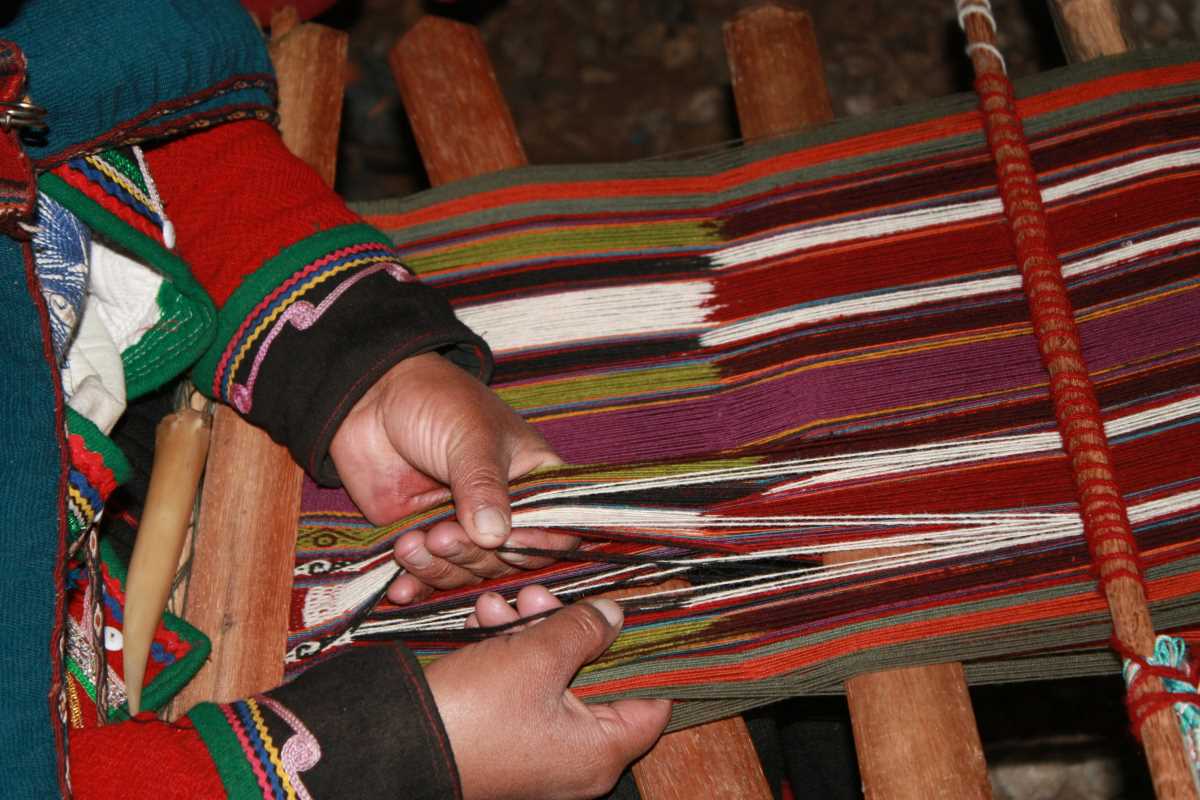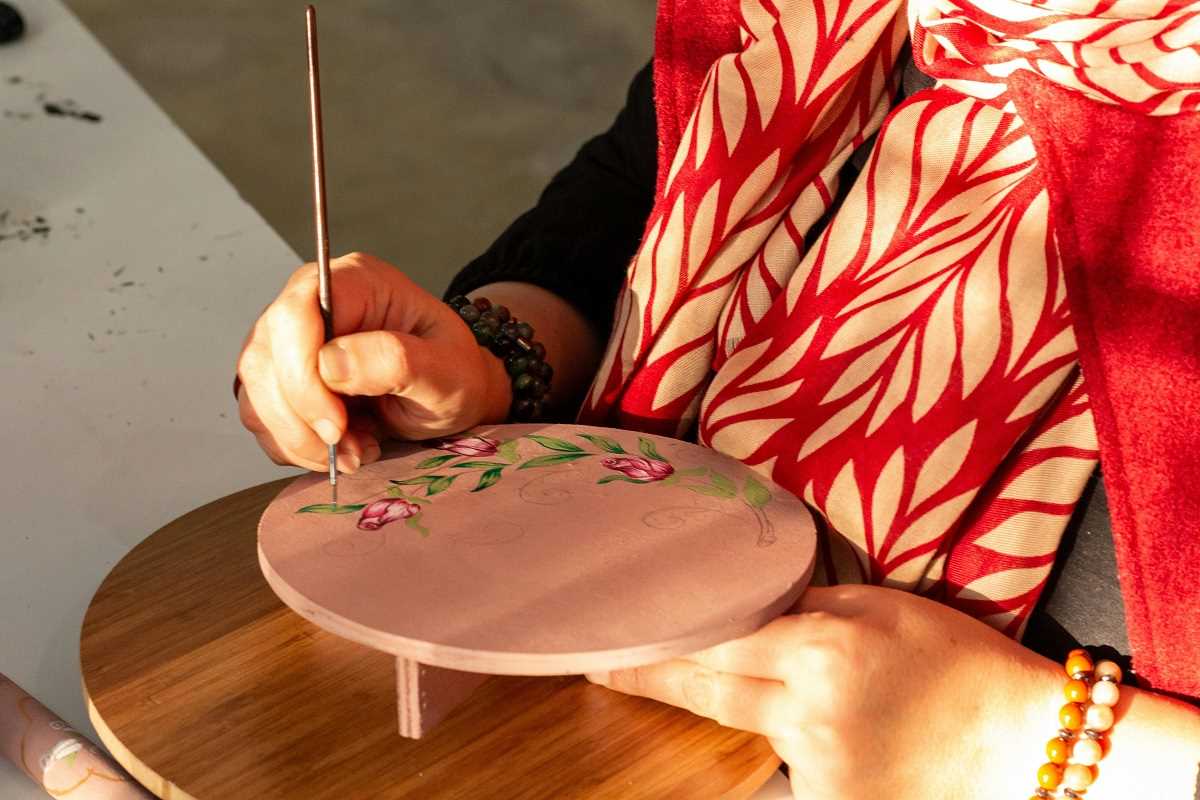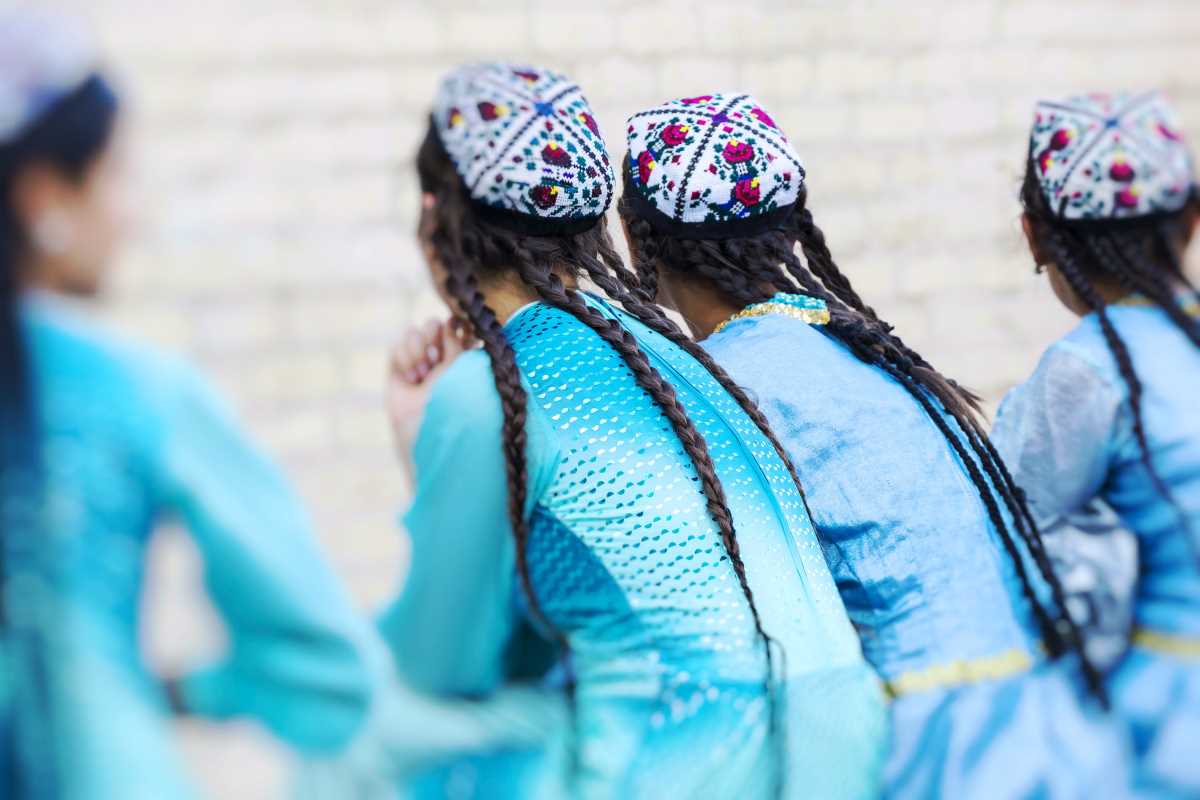Generations of West African griots carry centuries of history within their memory, sharing the past through captivating songs, storytelling, and lively performances. They play speaking drums, recite poetic verses, and engage audiences with call-and-response chants that bring age-old tales to life. Every time a griot performs, the cadence of their drumbeats and the careful selection of their words reveal deeper meanings, linking listeners to a vivid and enduring cultural heritage. The art of the griot turns each performance into a bridge between the past and present, allowing stories and traditions to remain vibrant across time.
Origins of Griot Storytelling
Griots come from a long tradition in countries like Mali, Senegal, and Guinea. These storytellers trace their family histories back centuries. Each generation trains from childhood to memorize histories and master the art of performance. Their role extends beyond entertainment; they serve as historians, advisors, and cultural guardians.
Stories often start with real events—battles, royal lineages, or moral lessons. Over time, griots weave poetic elements and local dialects into the narratives. They adapt details to match the audience’s interests while staying true to the core message. This balance keeps history accurate and captivating.
Core Narrative Techniques
Griots use several methods to make their stories memorable and immersive. Here are key techniques:
- Repetition and Refrains: Repeating phrases or lines helps the audience follow the narrative and remember important points.
- Character Masks: Griots shift their voice or stance to represent different figures in the story, creating mini-dramas within a larger tale.
- Layered Storylines: They embed smaller stories inside a main narrative to add depth and illustrate broader themes.
- Direct Address: Storytellers speak straight to listeners, asking questions or inviting responses, which builds a personal connection.
This mix of drama, repetition, and audience interaction keeps listeners engaged. When you hear a refrain, you know to pay attention—it signals that a lesson or key detail is on its way.
Musical Elements and Call-and-Response
Music forms the backbone of many griot performances. The kora, a 21-string harp-lute, and the balafo, or xylophone, weave melodic patterns that guide the narrative’s pace. Drums add punctuation, emphasizing emotional peaks or shifts in tone.
Call-and-response encourages active listening. A griot sings a line, and the crowd responds with a chorus or clap sequence. This back-and-forth builds energy and makes every listener part of the storytelling process. As voices rise together, the tale comes alive in a communal rhythm.
Use of Imagery and Symbolism
Griots paint vivid mental pictures with carefully chosen words. They might describe the flash of a warrior’s shield against the sunset or the hush of a riverbank at dawn. These images transport listeners into the scene, making them feel they stand beside legendary figures.
Symbolic elements carry hidden meanings. A sheathed sword might hint at peace after conflict; a leopard skin cloak signals leadership and bravery. By weaving symbols into tales, griots layer significance that encourages listeners to think deeply about values like honor, loyalty, and resilience.
Modern Revival and Influence
Young artists across the diaspora draw on griot methods to revive oral traditions in new formats. Poets, rappers, and spoken-word performers sample call-and-response patterns and melodic storytelling beats. They use social media to share brief, powerful narratives inspired by ancestral techniques.
Educational programs partner with griots to teach history through performance. Students learn West African history in a living, breathing context. This hands-on approach makes lessons stick far better than textbooks alone. As a result, the cultural heritage spreads to audiences who might never attend a traditional storytelling circle.
Interactive Examples
Try these simple exercises to practice griot-inspired storytelling:
- Pick a personal memory and identify a symbol that encapsulates its lesson. Develop a short refrain around that symbol.
- Form a small group and use call-and-response: one person tells a line, and the rest echo with a phrase that highlights the key theme.
- Experiment with rhythm by tapping on a desk or using household items as drums. Let the beat dictate when you switch characters in the story.
- Invite someone else to add a short vignette within your main narrative. Watch how it deepens the overall message.
These practices show how blending sound, rhythm, and symbolism creates memorable storytelling moments. Even casual gatherings turn into lively storytelling circles when you embrace these techniques.
Griot traditions show that stories become meaningful through active participation. Repetition, music, and shared responses help preserve history and create lasting impressions.
 (Image via
(Image via



.jpg)

